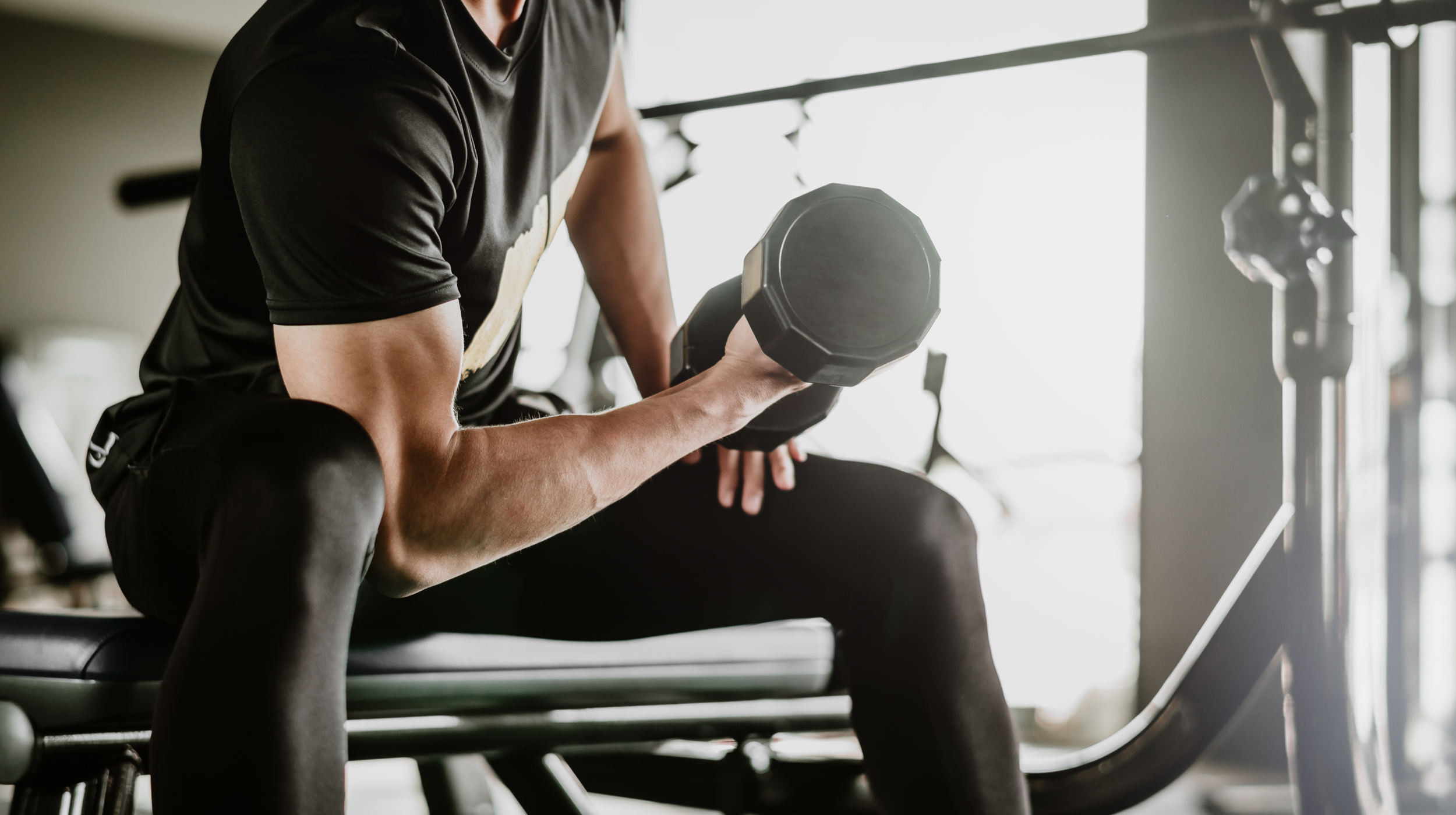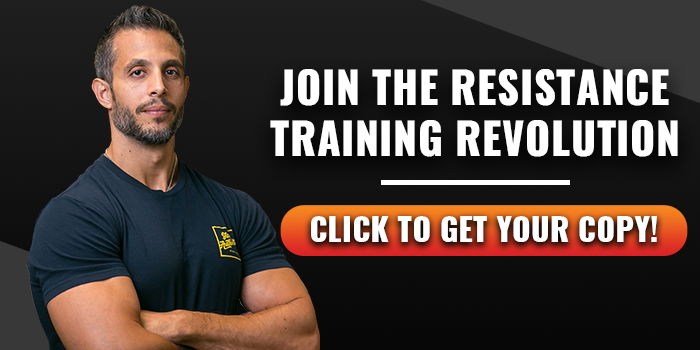Although resistance training is established as the most effective form of exercise for muscle and strength building, body sculpting/shaping and metabolism boosting, it still must be applied appropriately. A resistance training routine that is inappropriate for your fitness level, goals and mobility will get you little to no results and may even result in injury. This is especially true for beginners. When you first start a resistance training routine, it’s crucial that you get started properly and pay attention to the most important factors. Start the right way and your body will change and improve reliably on a weekly basis. You can expect consistent strength gains, improvements in libido, a tighter body and a metabolism that burns more calories. Below are the 3 factors to consider when you get started with a resistance training routine.
Train with the right intensity
It’s easy to overdo it with intensity when you first get started with weights, machines, bands or bodyweight resistance training. You are excited to get started, motivated and it’s very hard to judge just how hard you should train at first. Here is a rule of thumb, go MUCH easier in your workout than you think. If you are starting from scratch and haven’t done any resistance training for month, years or especially ever, it doesn’t take much at all for your body to respond. Keep in mind that building strength, muscle and a faster metabolism is your body’s way of adapting to a NEW stress. If you haven’t done a pushup in a long time, just doing a couple is a new stress.
Overdoing intensity does not get your body to improve faster. When it comes to resistance training the proper “dose” gives you the fastest and best results. Apply more intensity than is necessary and your body actually responds slower. Too much stress (or more than your body can initially handle) prevents the adaptation you are looking for. Here is a clue that you may have gone “too hard;” you get sore. Contrary to popular belief, getting sore is not really a good thing. You should feel very little to no soreness from your workouts.
Practice don’t “workout”
One of the biggest mistakes people make when resistance training (or any other form of exercise for that matter) is that people use the workouts as a means to an end. The mistake is thinking the exercises don’t really matter and that it’s all about the sweat and pain of the workout. This is the wrong way to approach resistance training. Each exercise you perform can either be very effective or not effective at all. The factor that determines this is all about how well you perform each exercise.
If you were to take two groups of people and have half of them go to the gym to practice exercises (the same way you might practice a baseball bat swing or free throws) and have the other group use exercises to get tired, sweaty and sore, you would see a stark contrast in results within a few months. The group that practiced would have more consistent results with less injuries to boot. This is because resistance training is a skill. Improve your skill and the exercises and workouts give you more and more results. If you want fast and effective results from resistance training, practice don’t “workout.”
Rest in between sets
What makes resistance training so effective is precisely what makes it so different from other forms of exercise. It’s the only form of exercise that is specifically designed to build muscle and strength and this directly and positively impacts metabolism. All other forms of exercise might build some strength, but it’s indirect and minor in comparison. How does resistance training do this? For one, it uses resistance, but that is not all. Proper resistance training is literally PRACTICING building strength.
There is a difference between strength and stamina or endurance. Strength can be explosive (like a high jump) or it can be slow (like lifting a heavy couch) but it’s always short. If you ask your body to keep working without rest, you start to tap into endurance. This is why you can lift more weight for 30 seconds than you could for 30 minutes.
When you perform resistance training, make sure to rest in between sets of exercises. Not doing so will make you sweat more and may even feel more challenging, but it will build endurance and not strength. This is fine if that is your goal, but if you want what only resistance training can provide you must rest in between sets. A good amount of rest is between 30 seconds to 3 minutes.
Keep the factors that are outlined above in mind when getting started on a resistance training program. Follow a good routine and you can expect consistent strength and body composition changes. Ignore them and you will be spinning your tires in the dirt.






